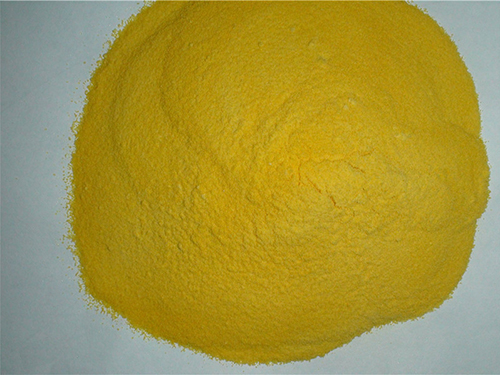Chemical Processes for Effective Coagulation and Flocculation in Water Treatment Applications
Chemical Coagulation and Flocculation in Water Treatment
Water treatment is an essential process in maintaining public health and environmental safety. Among the various techniques employed for purifying water, chemical coagulation and flocculation play a pivotal role in removing suspended solids, organic matter, and pathogens, thereby ensuring that water quality meets regulatory standards.
Chemical coagulation is the process by which coagulants—substances that promote the clumping of particles—are added to water. These coagulants can be inorganic, such as aluminum sulfate or ferric chloride, or organic polymers. When introduced into water, these chemicals neutralize the charge of the suspended particles, which typically carry a negative charge due to the presence of organic matter and other contaminants. By neutralizing these charges, the coagulants facilitate the aggregation of particles into larger clusters known as flocs.
The effectiveness of coagulation depends on several factors, including pH, temperature, and the type and dosage of coagulant used. A carefully controlled pH level optimizes the performance of the coagulants. For instance, aluminum sulfate is most effective at a pH range between 6 and 8, while ferric chloride functions well across a broader pH spectrum. Thus, pre-treatment adjustments may be required to ensure the optimal functioning of these chemicals.
Once coagulation occurs and the particles begin to agglomerate, the next stage in the treatment process is flocculation. This step involves gentle mixing of the water to encourage the formation of larger, more complex flocs that can then be easily removed. This is usually achieved through a series of slow mixing stages, where mechanical mixers or stirring devices are employed to maintain the suspension of the water while allowing sufficient time for the flocs to grow.
chemical coagulation and flocculation water treatment

Flocs are formed through the bridging of particles by the coagulant molecules, where the larger, heavier aggregates settle more quickly and can be removed by sedimentation or filtration. The efficiency of this process is crucial as larger flocs tend to settle faster, reducing the overall time required for water treatment. Additionally, the size and density of the flocs can significantly affect the downstream processes, such as filtration and disinfection.
Post-flocculation, water typically undergoes sedimentation, where gravity allows the heavier flocs to settle at the bottom of a tank, forming a sludge layer. This sludge can then be removed and treated or disposed of appropriately. The clarified water, devoid of most suspended contaminants, moves on to additional treatment steps, which may include filtration and disinfection, to eliminate microorganisms and ensure the safety of the potable water supply.
While chemical coagulation and flocculation are highly effective, they are not without drawbacks. The introduction of chemicals can lead to residuals in treated water, which must be carefully managed to prevent secondary pollution. Moreover, the handling of coagulants requires attention to safety protocols due to their corrosive nature.
In conclusion, chemical coagulation and flocculation are integral components of the water treatment process, allowing for the effective removal of impurities and ensuring safe drinking water. Continuous advancements in this field are focused on improving the efficiency, cost-effectiveness, and environmental sustainability of these methods. With the growing pressures on water resources due to climate change and population growth, refining coagulation and flocculation processes will be crucial for achieving optimal water quality and public health in the future.
-
Water Treatment with Flocculant Water TreatmentNewsJun.12,2025
-
Polymaleic AnhydrideNewsJun.12,2025
-
Polyaspartic AcidNewsJun.12,2025
-
Enhance Industrial Processes with IsothiazolinonesNewsJun.12,2025
-
Enhance Industrial Processes with PBTCA SolutionsNewsJun.12,2025
-
Dodecyldimethylbenzylammonium Chloride SolutionsNewsJun.12,2025





